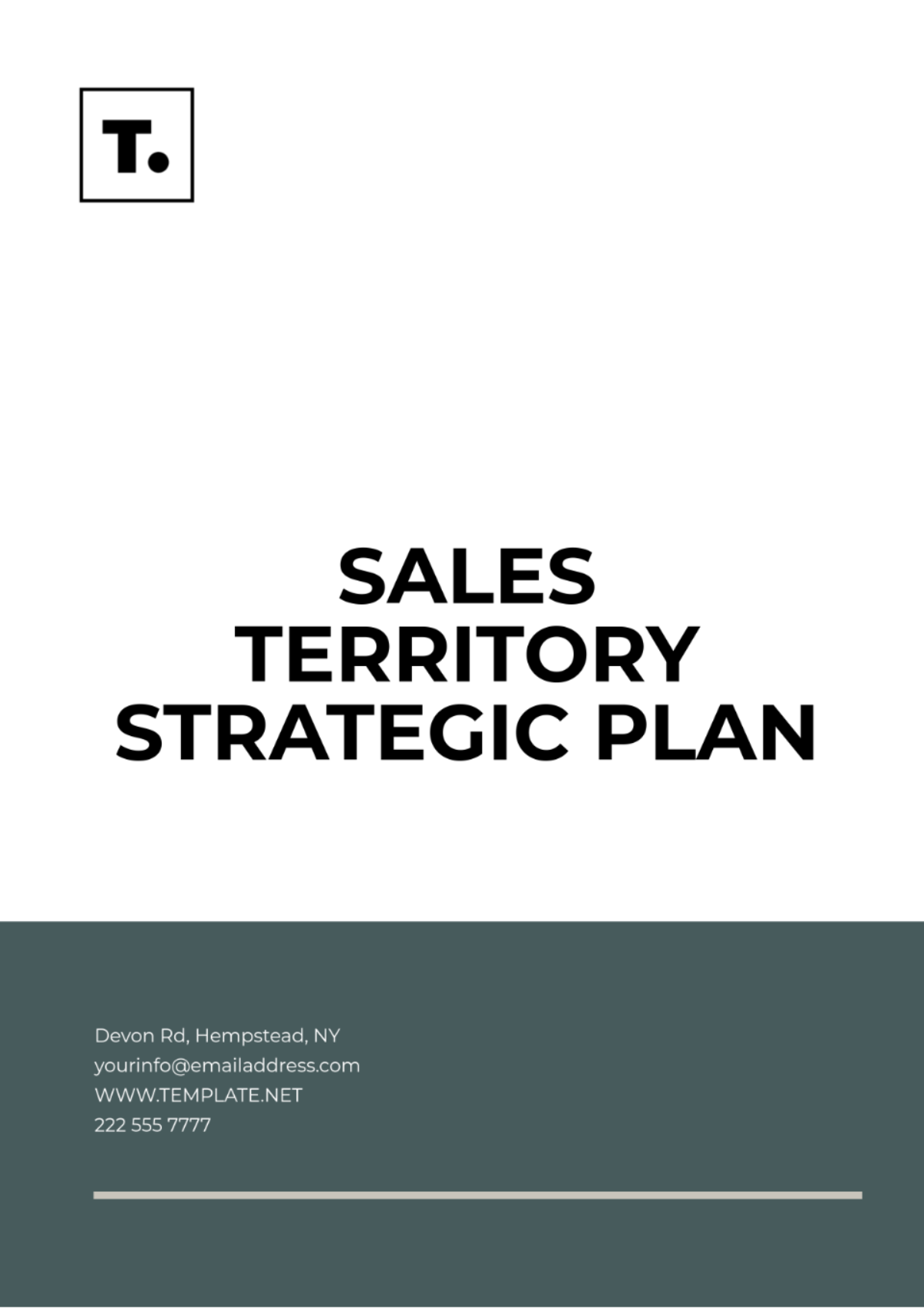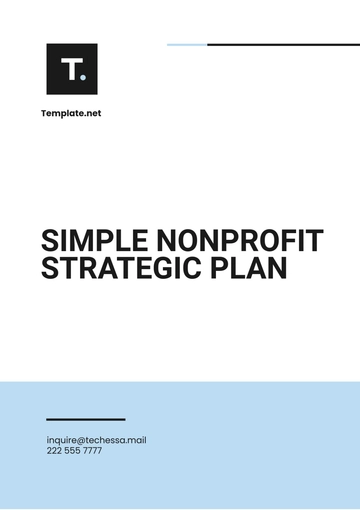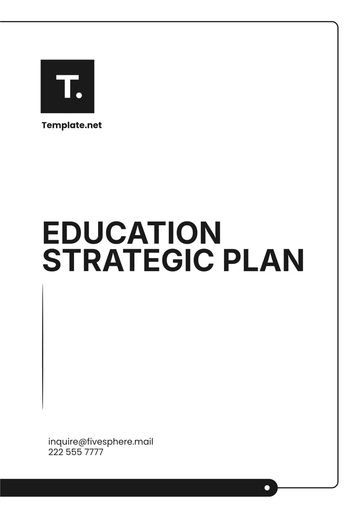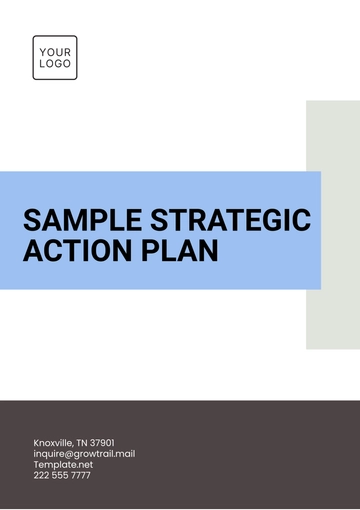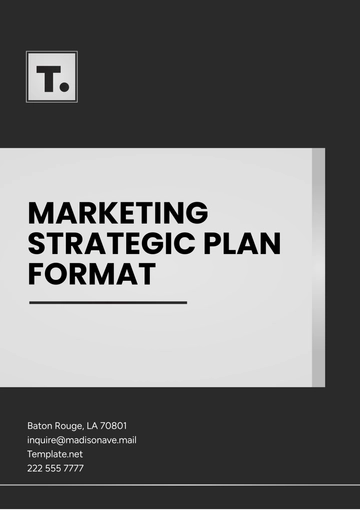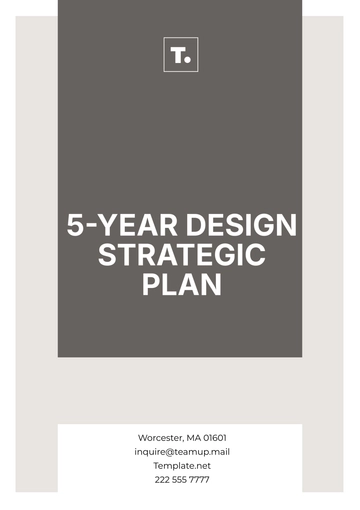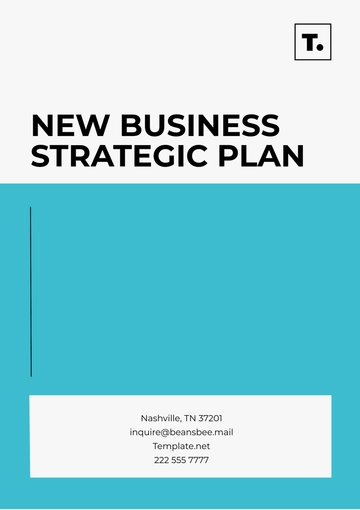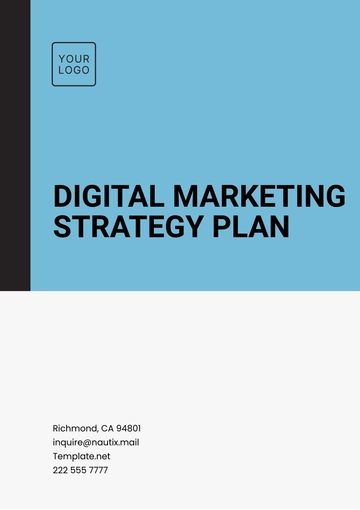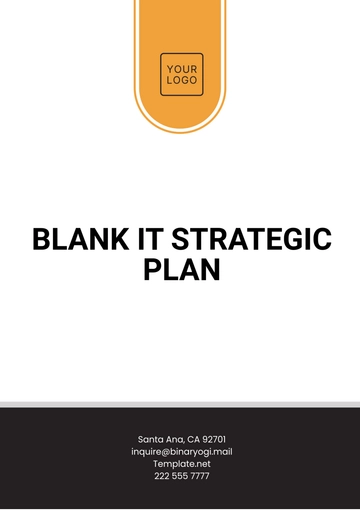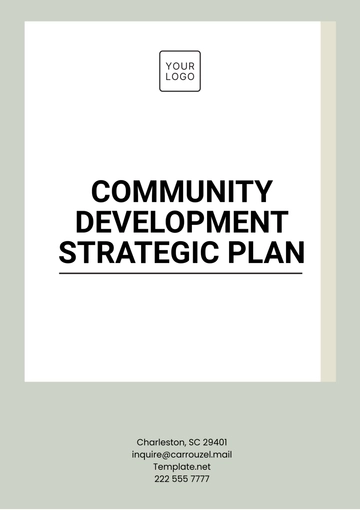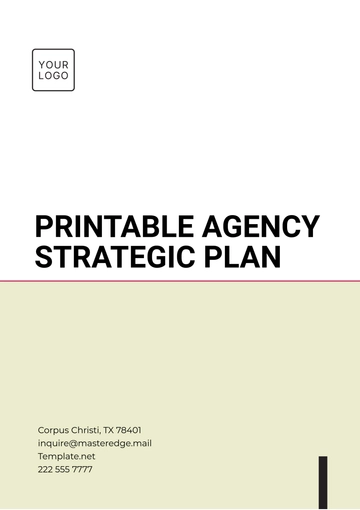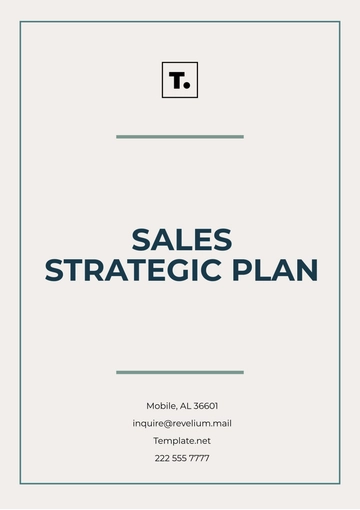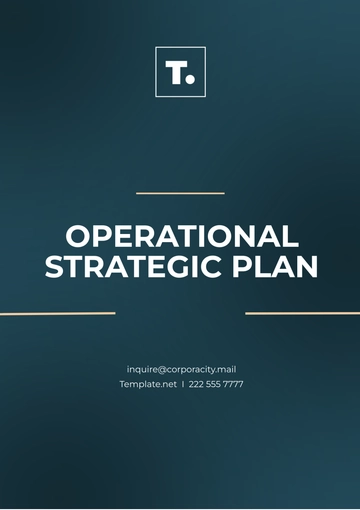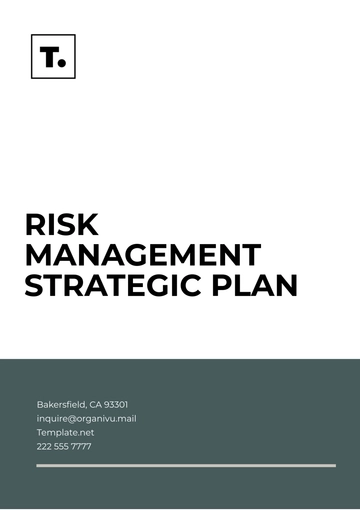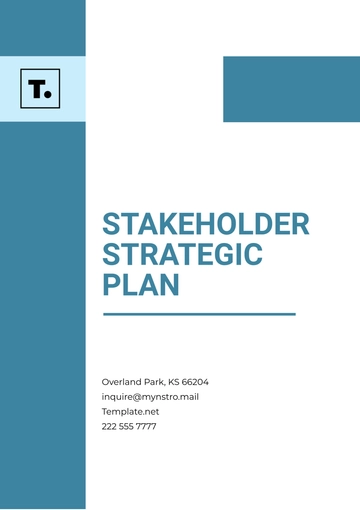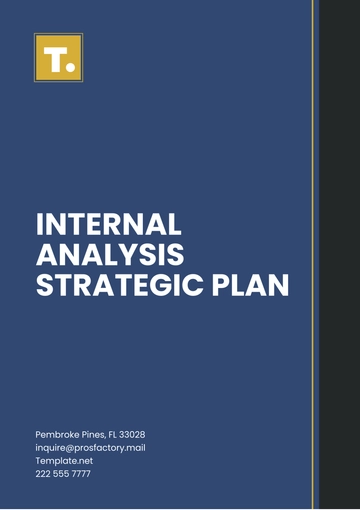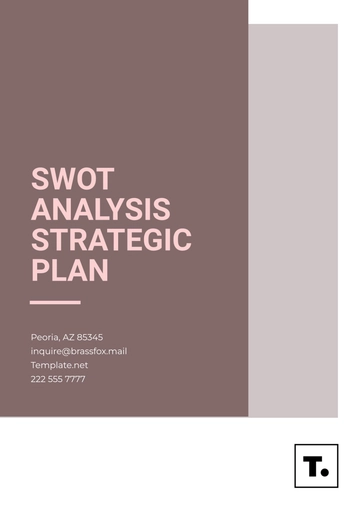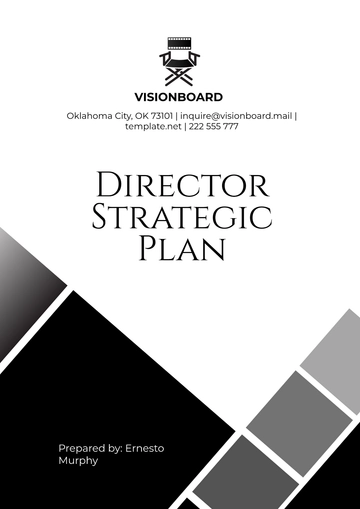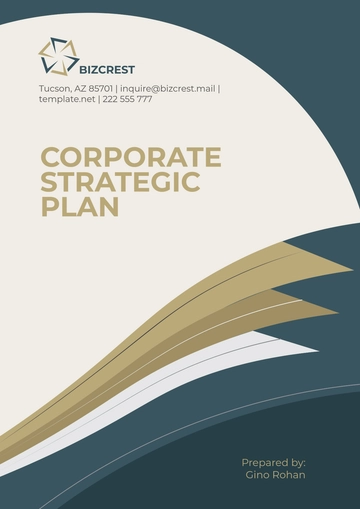Sales Territory Strategic Plan
Prepared by: [Your Name]
Timeframe: January 1, 2060 – December 31, 2060
I. Territory Overview
This section outlines the characteristics and potential of the sales territory. It provides a foundation for setting strategies and aligning sales efforts.
Geographic Area: The territory encompasses the western regions of the United States, including California, Nevada, Arizona, and Oregon.
Market Size & Potential: The region is home to approximately 50 million consumers and a growing number of technology startups, healthcare institutions, and green energy companies. This area is projected to see a 10% year-over-year increase in business development, presenting significant growth opportunities.
Key Industries: The primary industries include technology (AI and robotics), renewable energy (solar and wind), and healthcare. Emerging sectors such as autonomous transportation and space tourism are also gaining traction in this region.
II. Target Customers
The goal of this section is to define the specific customer segments that will be targeted to maximize sales opportunities within the territory.
Buying Behavior: Target customers value innovation, long-term partnerships, and sustainability in their purchases. They tend to favor vendors who provide comprehensive, customizable solutions. The decision-making process generally involves multiple stakeholders, including procurement, IT, and executive leadership.
III. Sales Goals & Objectives
This section establishes the specific targets and key performance indicators (KPIs) that will measure success in the sales territory.
IV. Action Plan
This section provides a detailed roadmap of the strategies and initiatives that will be executed to achieve the sales goals and objectives.
V. Resource Allocation
This section details how resources will be distributed to maximize efficiency and ensure alignment with the strategic goals.
Sales Team Structure:
10 Senior Account Executives
15 Junior Sales Representatives
5 Sales Engineers (to provide technical support during sales processes)
Marketing Support: $10 million allocated for co-marketing campaigns, digital advertising, and industry event sponsorships in key industries.
Technology & Tools: Utilize advanced CRM platforms and AI-driven analytics to track performance and provide data-driven insights for decision-making. The budget will allocate $2 million for these tools and ongoing software updates.
VI. Performance Metrics
This section defines the methods and metrics for tracking progress and ensuring accountability throughout the sales cycle.
VIII. Conclusion
This strategic plan for the 2060 fiscal year is designed to optimize sales efforts within the designated territory, drive market share growth, and improve customer satisfaction. By executing the outlined strategies and closely monitoring performance metrics, we aim to achieve substantial revenue growth and strengthen our competitive position within the industry.
Strategic Plan Templates @ Template.net
